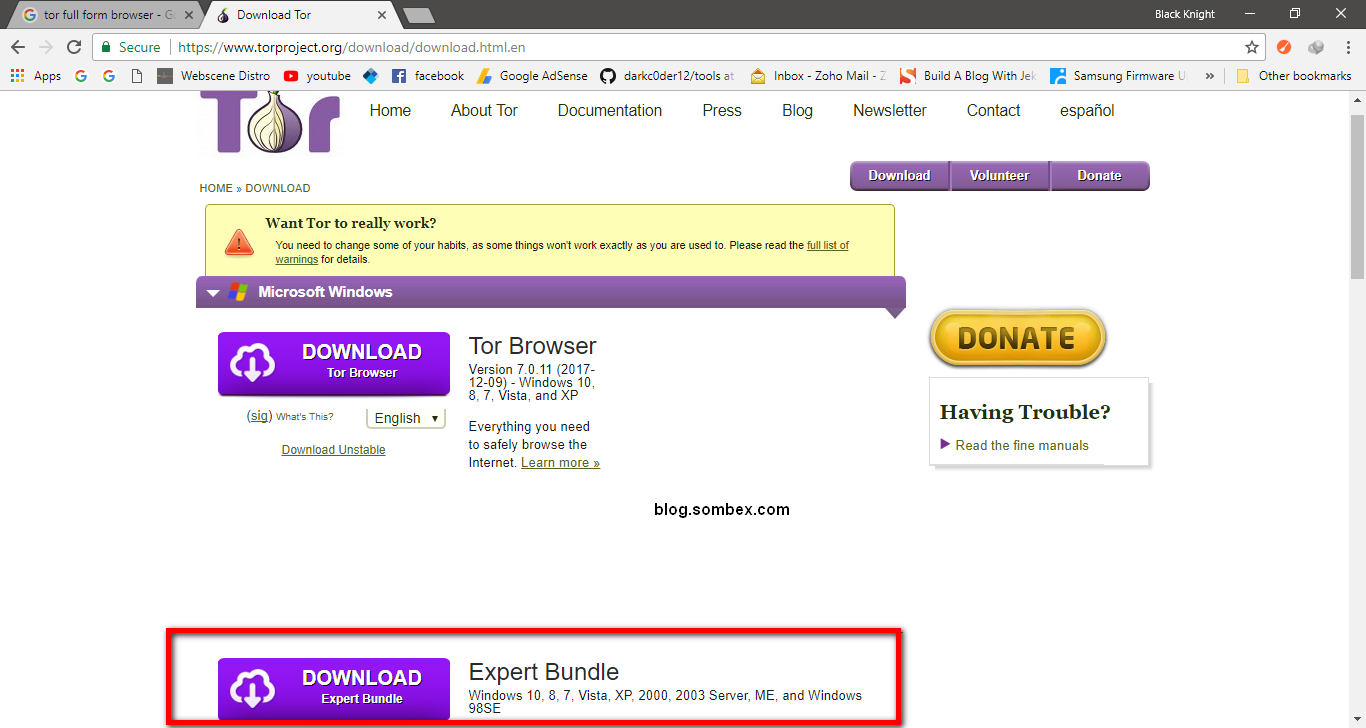

The compiler combines modules into a “bundle”, then transpiles the code to another ECMAScript syntax. Most web developers in 2020 write in the latest version of ECMAScript that is supported by transpilers, rather than wait for browser support. (Most developers just refer to transpilers as compilers or “bundlers”.) The most well-known example of a compiler with a transpiler is Webpack paired with Babel. These transpilers are often also compilers which process JavaScript, or are used by one. Spanning the gap between ES5 and ES6 required tools that converted, “transpiled”, ES6 code to serve it to browsers that only supported ES5. ECMAScript Modules (ESM) work in much the same way as CommonJS Modules. Today, native modules are a browser standard with ES6 (ECMAScript 2015+). Entire applications were-and are-written in JavaScript, and share modules between client and server. JavaScript Modules become standard with ES6īy 2011 JavaScript had broken out of the browser and could be used as a server-side scripting language. Needless to say, developers were not patient when it came to waiting on official support for modules. To resolve this difference UMD resolved this difference by supporting the use of both CommonJS and AMD modules in one codebase. The syntax of AMD is different enough that there has been some competition between the two. The most well-known implementation of AMD is RequireJS. AMD works on the browser via AJAX, for example. It had its pitfalls, however, so a more refined version of CommonJS was released called AMD.

It worked-by 2018 all modern browsers supported JavaScript modules with ES6. Node.js not only processes JavaScript, it runs it-empowering modules to be written in JavaScript with no extra setup.ĬommonJS’s true purpose was to influence JavaScript to adopt the necessary syntax that enabled modules natively in the browser. Node.js pioneered the CommonJS ethos, which became a central component of “universal” JavaScript. There were multiple implementations of CommonJS, the most prominent of which was Node.js, also started in 2009. (By the way, compiling JavaScript to “bundle” the JavaScript is not to be confused with something like CoffeeScript, which is another language that gets compiled to JavaScript.) This requires a server which is capable of compiling JavaScript. The specification describes loading modules in order into a file that could then be used by a browser. CommonJS Modules to the rescueīefore modules would be supported by browsers, CommonJS introduced the concept starting in 2009. Modules are encapsulated units of JavaScript linked by an export/import syntax. The solution-split your codebase into modules. The increasing complexity often resulted in features being frustratingly intermingled and scattered in code. As more and more features were required, the hassle of tracking and loading dependencies in the right order became too much of a burden.
#Browse bundle files software#
The beginnings of JavaScript ModulesĪs the demand for web applications rose, developers needed a better way to build and maintain online software at scale. There were quite a few problems with this approach, such as polluting the global scope, but it worked for the low complexity of web applications at the time. It was normal to see inline scripts in or at the end of, as well. Dependencies were in separate files that had to load before the main script, such as jQuery (released in early 2006) for handling cross-browser differences. In the early 2000s it was common practice to write just one main script for an entire website. Those were simpler days when web developers wrote directly for browsers. At the time JavaScript was only about a decade old and the Chrome browser wouldn’t come out for another year. The idea of JavaScript modules had not been formally introduced. When I first began learning about web development in 2007, I had never heard of compiling JavaScript before deploying it to websites.


 0 kommentar(er)
0 kommentar(er)
